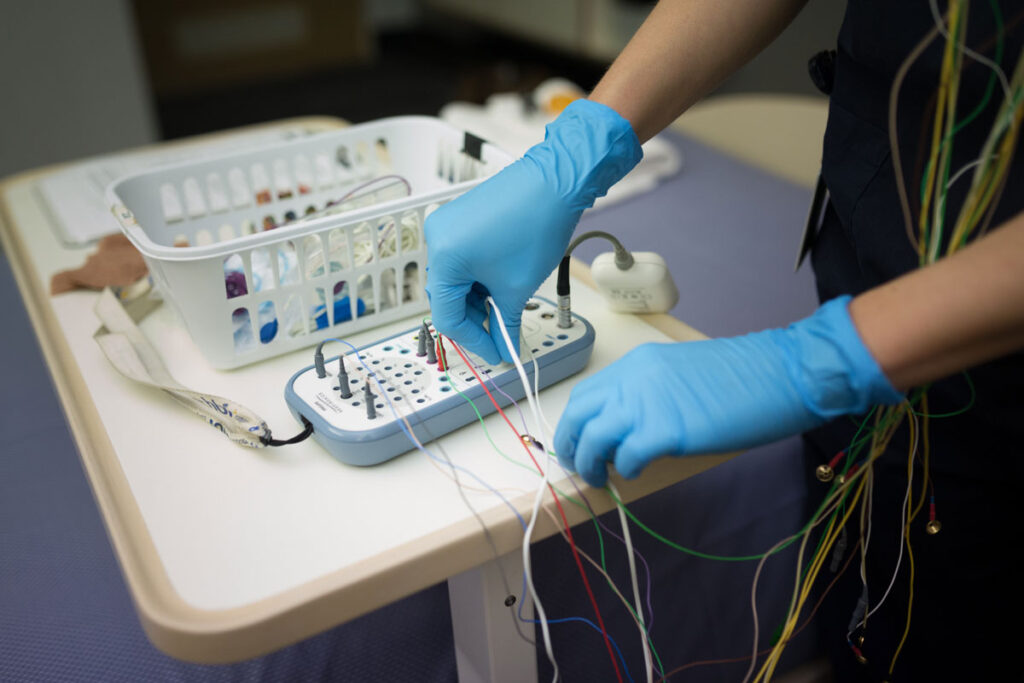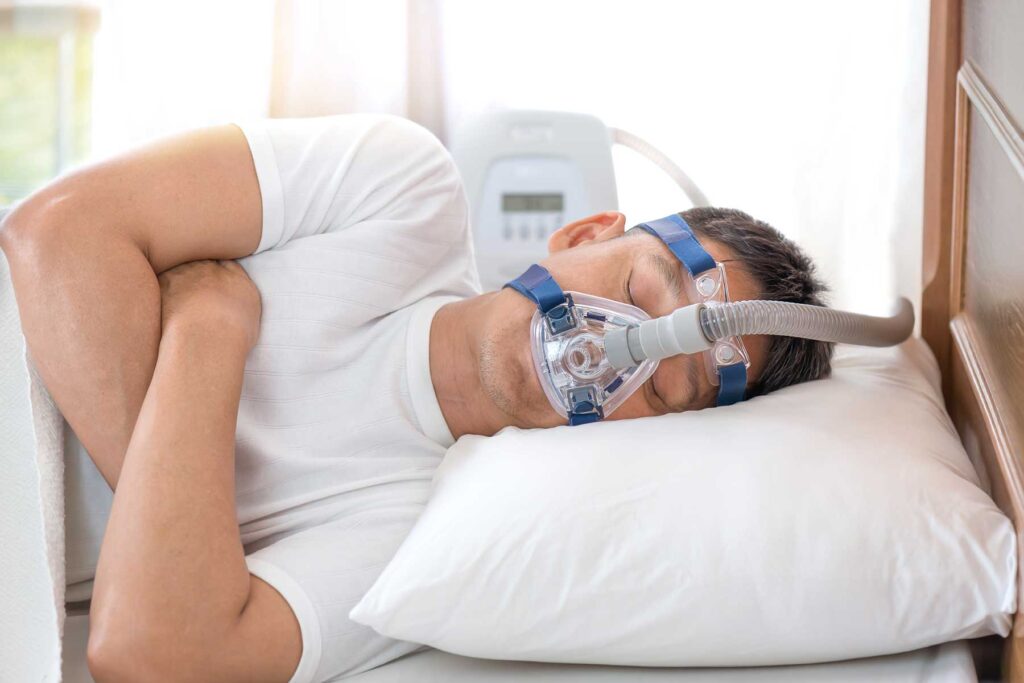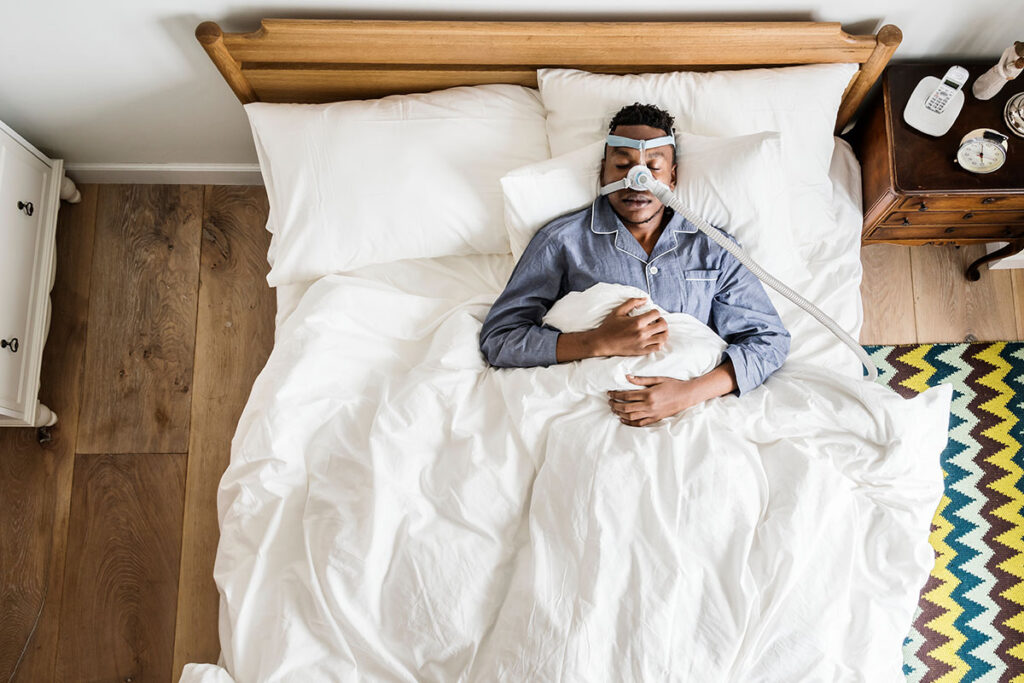Sleep apnea is a common sleep disorder that affects millions of people worldwide. It is characterized by pauses in breathing or shallow breaths during sleep, leading to disrupted sleep patterns and poor quality sleep. If left untreated, sleep apnea can have serious health consequences, including increased risk of cardiovascular disease, hypertension, and stroke. Therefore, it is important to understand the significance of sleep apnea testing and the cost implications associated with it.
Understanding Sleep Apnea Test
In conclusion, sleep test Australia is essential for the proper diagnosis and management of this sleep disorder. The cost of sleep apnea testing in Australia can vary depending on several factors, including the type of test (in-lab or home sleep test), location, insurance coverage, and individual circumstances. It is important to weigh the benefits of early detection and treatment against the associated costs to ensure optimal health and well-being. Consult with healthcare professionals and insurance providers to determine the most suitable and cost-effective sleep apnea testing options available to you.
What is Sleep Apnea?
Sleep apnea is a sleep disorder that occurs when the muscles in the back of the throat fail to keep the airway open during sleep. This results in repetitive pauses in breathing and loud snoring. There are three types of sleep apnea: obstructive sleep apnea (OSA), central sleep apnea (CSA), and complex sleep apnea syndrome (CSAS). OSA is the most common form, accounting for approximately 84% of all sleep apnea cases.
Obstructive sleep apnea (OSA) is typically caused by the relaxation of the throat muscles during sleep, leading to a blockage of the airway. Central sleep apnea (CSA) occurs when the brain fails to send the proper signals to the muscles that control breathing. Complex sleep apnea syndrome (CSAS) is a combination of both obstructive and central sleep apnea.

Symptoms and Risks of Sleep Apnea
Common symptoms of sleep apnea include loud and chronic snoring, daytime fatigue, morning headaches, restless sleep, and waking up with a dry or sore throat. If left untreated, sleep apnea can increase the risk of developing various health conditions, such as hypertension, diabetes, heart disease, and stroke.
Individuals with untreated sleep apnea may also experience cognitive impairment, mood disturbances, and an increased risk of accidents due to daytime drowsiness. The repeated drops in oxygen levels during sleep can put a strain on the heart and cardiovascular system, potentially leading to serious complications over time. Seeking treatment for sleep apnea is crucial in improving overall health and quality of life.
The Importance of Sleep Apnea Testing
Sleep apnea is a common sleep disorder that affects millions of people worldwide. It is characterized by pauses in breathing or shallow breaths during sleep, leading to disrupted sleep patterns and decreased oxygen levels in the body. Early detection of sleep apnea through proper testing is crucial for effective treatment and management. Identifying and treating sleep apnea at an early stage can lead to improved sleep quality, reduced symptoms, and a decreased risk of developing associated health problems.
There are several methods for testing sleep apnea, including in-lab polysomnography and at-home sleep apnea testing kits. In-lab polysomnography involves spending a night at a sleep center where your sleep patterns, breathing, and other vital signs are monitored. At-home sleep apnea testing kits are convenient and can be used in the comfort of your own bed. These tests typically monitor your breathing patterns, oxygen levels, and heart rate while you sleep.
Long-Term Health Implications
Undiagnosed and untreated sleep apnea can have long-term health implications. The continuous strain on the body caused by sleep apnea can result in high blood pressure, cardiovascular disease, and an increased risk of stroke. It is essential to address and manage sleep apnea to prevent these potential health risks.
Furthermore, untreated sleep apnea can also impact your daily life, leading to daytime fatigue, irritability, and difficulty concentrating. This can affect your performance at work or school, as well as your overall quality of life. By undergoing sleep apnea testing and seeking appropriate treatment, you can improve not only your physical health but also your mental well-being and cognitive function.
Overview of Sleep Apnea Testing Methods
In-Lab Sleep Studies
In-lab sleep studies, also known as polysomnography, involve staying overnight at a sleep center where your sleep is monitored by healthcare professionals. This comprehensive test records various physiological parameters, including brain activity, eye movement, muscle activity, heart rate, and oxygen levels. In-lab sleep studies provide valuable information necessary for diagnosing and determining the severity of sleep apnea.
During an in-lab sleep study, electrodes are placed on the scalp to measure brain waves, on the face to monitor muscle activity, and around the eyes to track rapid eye movements. Belts are placed around the chest and abdomen to measure breathing effort, and a sensor on the finger monitors oxygen levels. Additionally, a microphone records snoring sounds, and a video camera captures any unusual sleep behaviors. The data collected during an in-lab sleep study is carefully analyzed by sleep technologists and sleep medicine physicians to provide a comprehensive evaluation of your sleep patterns. Learn more about movements on https://learningcenter.unc.edu/tips-and-tools/movement-and-learning/
Home Sleep Tests
Home sleep tests, also known as portable sleep monitors, allow individuals to perform sleep apnea tests in the comfort of their own homes. These tests typically involve wearing a small device that measures breathing patterns, heart rate, oxygen levels, and snoring sounds while asleep. Home sleep tests are often considered a convenient and cost-effective alternative to in-lab sleep studies, especially for individuals with suspected moderate to severe sleep apnea.
Home sleep tests are usually recommended for individuals who are at a high risk of having sleep apnea but do not have any significant medical conditions that would require monitoring in a sleep center. The devices used in home sleep tests are user-friendly and come with instructions for easy setup. While home sleep tests may not capture as much data as in-lab studies, they can still provide valuable information for healthcare providers to assess the presence and severity of sleep apnea.
Cost Analysis of Sleep Apnea Testing in Australia
Average Cost of In-Lab Sleep Studies
The cost of in-lab sleep studies can vary across Australia. On average, in-lab sleep studies can range from AUD 1500 to AUD 3000. The cost includes the overnight stay at the sleep center, professional monitoring, and interpretation of the results by a sleep specialist. However, it is important to note that the exact cost may vary depending on the location, additional services required, and individual circumstances.
Patients opting for in-lab sleep studies can benefit from the comprehensive monitoring and expert analysis provided in a controlled environment. The sleep center is equipped with state-of-the-art technology to track various parameters during the night, offering a detailed insight into the patient’s sleep patterns. Additionally, the presence of trained sleep technologists ensures that the data collected is accurate and reliable for a precise diagnosis. Click here to find more about precise.
Average Cost of Home Sleep Tests
Home sleep tests are generally more affordable compared to in-lab sleep studies. The average cost of home sleep tests in Australia ranges from AUD 500 to AUD 1500. This cost typically includes the rental of the device, instructions for use, and the interpretation of the results by a sleep specialist. Again, the actual cost may vary depending on the provider and any additional services included.
Home sleep tests offer a convenient and cost-effective alternative for individuals who prefer the comfort of their own bed while undergoing a sleep study. The portable monitoring device allows patients to set up the test at home, following simple instructions provided by the healthcare provider. Despite being conducted outside a clinical setting, home sleep tests can still provide valuable data for diagnosing sleep apnea and other sleep disorders, contributing to timely interventions and treatment planning.

Factors Influencing the Cost of Sleep Apnea Testing
Insurance Coverage and Out-of-Pocket Expenses
The cost of sleep apnea testing can be influenced by insurance coverage and out-of-pocket expenses. Some health insurance plans may provide coverage for sleep studies, reducing the financial burden on individuals. However, coverage and reimbursement policies vary, and it is important to check with your insurance provider to understand your specific coverage and out-of-pocket expenses.
Geographic Location and Cost Variations
The cost of sleep apnea testing can also vary based on geographic location. Major cities and metropolitan areas tend to have a higher cost of living, which can be reflected in higher testing expenses. Moreover, the availability of sleep centers and diagnostic facilities may be more limited or concentrated in specific regions, leading to potential cost variations depending on where you reside or seek testing.
Another factor that can influence the cost of sleep apnea testing is the type of test being conducted. In-lab sleep studies, where patients spend a night at a sleep center, are generally more expensive compared to home sleep tests. This is because in-lab studies require the presence of trained technicians and specialized equipment, which adds to the overall cost.
Furthermore, the complexity of the sleep apnea test can also impact its cost. Some individuals may require additional monitoring or tests to evaluate their sleep disorder comprehensively. These additional tests, such as multiple sleep latency tests or maintenance of wakefulness tests, can contribute to the overall cost of sleep apnea testing.
Read about sleep study results: Understanding Sleep Study Results

